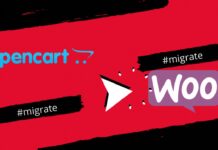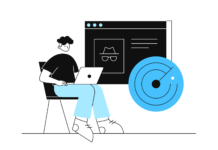
Web scraping can be difficult if you want to fetch data from complex websites. There are a lot of things that a person would need to master before achieving any level of proficiency in doing it. Web scraping can also be challenging if you do not use the proper tools.
For professionals and beginners alike the key very often lies in finding and using the proper tools. As web scraping is becoming more and more popular, there is a wide range of available sites that provide the user with help in coding and fetching data. There is any number of viable online options, like wintr.com which offers a simple user interface and high powered support services.
Of course, this might be putting the cart before the horse… let’s being with,
What is web scraping?
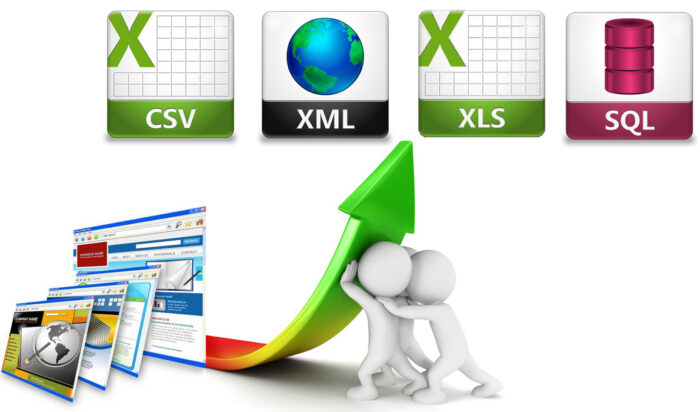
Web scraping is simply a technique to fetch data from a website. This can be carried out manually but it is usually faster and more efficient to automate the process. A script that parses an HTML site is called a scraper. As the amount of information on the Internet is increasing substantially in this digital age, web scraping is becoming more popular.
What is Web Scraping used for?

There is a wide variety of applications of web scraping and each business and individual has their own needs when using it. Here are some common uses of web scraping:
– For reputation and brand monitoring: web scraping is used to actively build brand intelligence and monitor brand perceptions. It could scrape the data that would help to understand how customers feel about a service or product.
– For competitor analysis: web scraping can help you obtain useful information about any changes in products, services, or pricing models of your competitors. It would extract competitor data, customer sentiment, etc. In a structured, usable format.
– For financial data analysis: web scraping would get a financial statement into a usable format and analyze the same data for insights.
– For SEO monitoring: web scraping would help to understand how content moves in rankings over time. By analyzing the result, you can choose the best title tags and home on the best keywords and content for attracting new business.
– For lead generation: web scraping would help you to find potential customers that you could profit from by gathering contact details like email id, phone numbers.
Understanding the Languages Associated with Web Scraping
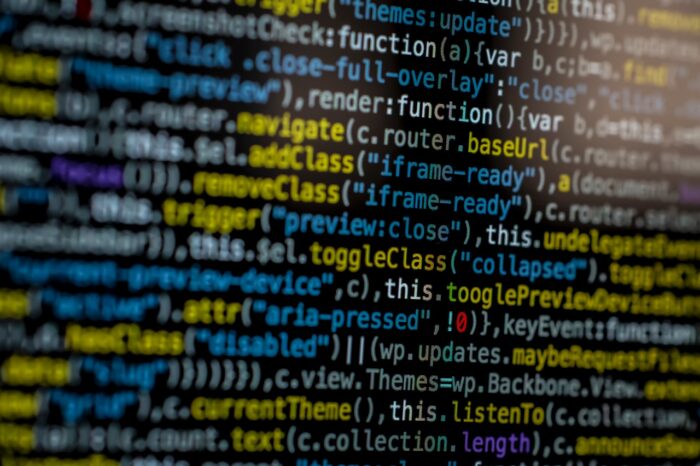
Listen… code isn’t something that’s just for the elite programmers. With the tools and information that’s available online, computer language is actually relatively simple to learn and once you know what you are doing it’s a few short steps into being able to do some pretty impressive coding online.
But it’s best to start with the basics. What good would it be to gather the information from a website if you don’t know what the information you’re looking at means? For anyone that has even the slightest bit of interest, the following languages are likely going to be the best, albeit not the most comprehensive, a place to start.
-
Python – Scrapy and Beautiful Soup
Python is the most common language for web scraping. It’s really versatile and can deal with most of the web crawling related processes without difficulty.
Scrapy and Beautiful Soup are the most popular frameworks based on Python. Scrapy has some ideal features like support for XPath, great performance thanks to the Twisted library and a broad range of debugging tools. Beautiful Soup is a Python package that is created for fast and remarkably efficient web scraping. It is used for parsing XML and HTML. Beautiful Soup is able to convert incoming documents to Unicode as well as outgoing documents to UTF-8.
These effective web scraping libraries make Python a perfect language for the process of gathering the data from a website.
-
Java – Jaunt, Jsoup
Java is a flexible and useful language that is statically typed for web scraping. There are plenty of libraries for parsing XML and HTML.
One of the best libraries to use for Java web scraping is Jsoup. It is designed for working with real-time HTML. It offers a very convenient API for fetching and manipulating data, using the best of DOM, CSS, and jquery-like methods.
Jaunt is a Java library for scraping, web-automation and JSON querying by a headless browser. It has recently been updated to include JavaScript support.
-
Node.js
Node.js is an ideal program using dynamic coding practices. Even though it helps distributed crawling, communication isn’t stable so it isn’t a great choice for large scale projects.
A Quick Review of Web Scraping Service
While there are a number of different tools to be considered, the best way to begin your web scraping journey is to find a tool with helpful tutorials and to begin looking around. Let’s take a brief look at one such tool that offers a number of helpful tools and options – WINTR.
To begin, it should be explained that WINTR: is a powerful and versatile tool for user scraping. This service is offered by VNA Digital Ltd, a French company that specializes in data scraping and processing and is based in Sofia (BULGARIA). WINTR’s APIs allow companies and developers to turn any web page into a custom dataset. It offers many services such as data scraping, data parsing, requests proxying and request customization. It is a comprehensive tool to help those interested in web scraping making the process seamless, clean and simple.
What should you look for?
Scraping information
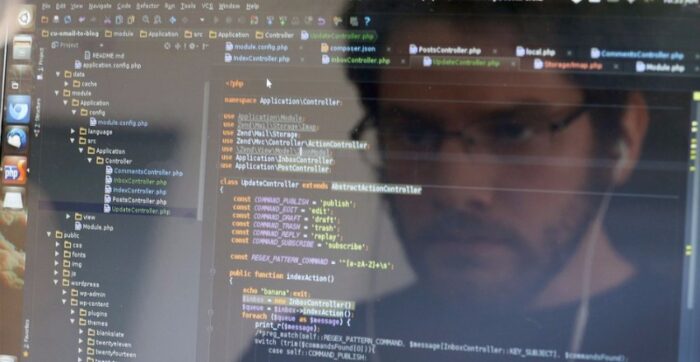
While a number of online platforms offer free services to bait and hook the user, the power that’s put behind the free options tend to be insufficient to pull any real or accurate data from larger websites. In many cases, even the paid versions of these platforms have a smaller amount of processing power and a longer timeout between sessions.
What you’d want to look for, in a decent service is a scrapable document size set to 6mb with a timeout, between scraping sessions, set to 2 minutes. Any online service worth it’s salt should be able to pull information such as ads, videos, analytic scripts and common assets giving the user all the information they could want. WINTR, for example, meets all of these requirements and provides the user with simple ways to learn how to carry out their scraping step-by-step.
API video tutorials
The service known as WINTR offers a wide range of video tutorials that genuinely help the user to gain the basic technical know-how about web scraping. Users can learn how to scrape a webpage with default settings, custom geolocation, referrer, or useragent. It’s interface also allows for scraping of custom headers, custom methods and data, as well as web pages that are protected by HTTP authentication.
And if you need to know how to scrape a Javascript rendered web page and then parse and filter its content… they pretty much have you covered.
And, all of this is wrapped up in a nice neat little collection of 4 different package prices that gives the user the option of selecting the level and power that they would need to get the job done right the first time. After all, in a day and age where the consumer is king, what are we without choices.
You can find more information on https://zenscrape.com/.

